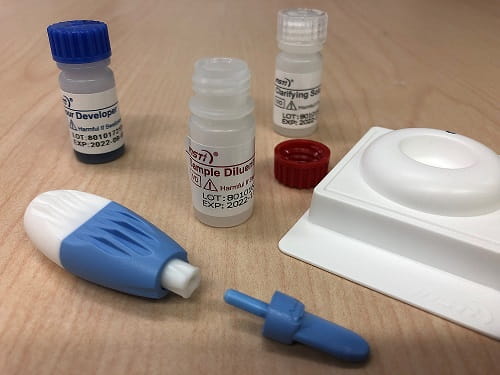The Saskatchewan Health Authority (SHA) is looking to raise awareness about the current level of sexually transmitted infections (STI) in the north.
Dr. Isaac Sobol, medical health officer with Northern Medical Services explained the most recent statistics, which are from 2021 show Saskatchewan overall saw increases in people testing positive for syphilis and HIV. When it comes to the north specifically, statistics from 2019-2021 showed a number of communities in the province’s northeast reported rates much higher then the rest of the province when it comes to chlamydia and gonorrhea.
Sobol said when it comes to dealing with high STI infection rates, one of the most important tools available is medical testing. He said many people who are infected with an STI are not aware of their status.
“I’ve read in the past that 30 per cent of people who are infected with HIV don’t know that they’re infected, so that’s very important to get testing,” he said.
When it comes to ways to get more people tested, Sobol said in the north they are looking at methods which have been used in other places. One of these methods is one which was done in British Columbia and involved working with a range of doctors.
“The Chief Provincial Health Officer sent out a notice to primary care physicians asking that they test all patients in their practice,” he said.
The rising numbers of cases in Saskatchewan and the higher rates in the north are negative health outcomes which Sobol said can be traced back to a number of factors, the biggest being the negative impacts of colonization which have lead to poverty and overall unhealthy conditions for many people
When it comes to the rising rates of HIV specifically, Sobol said crystal meth becoming a more common drug in the north is likely contributing to the rising rates.
“That is associated with higher HIV rates,” he said.
In regards to treatment, Sobol said over the years there has been much improvement. Speaking about treating HIV specifically, Sobol explained when treatments first became available patients were required to take a number of different medications per day. He said today this is not the case, adding the medications are also more effective when it comes to lowering the viral load to a level where it cannot be transmitted.
“Now it’s really become quite routine to give just one pill a day,” he said.
(Top Photo courtesy of Government of Saskatchewan: An HIV self testing kit)
